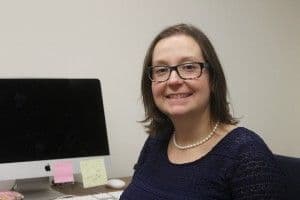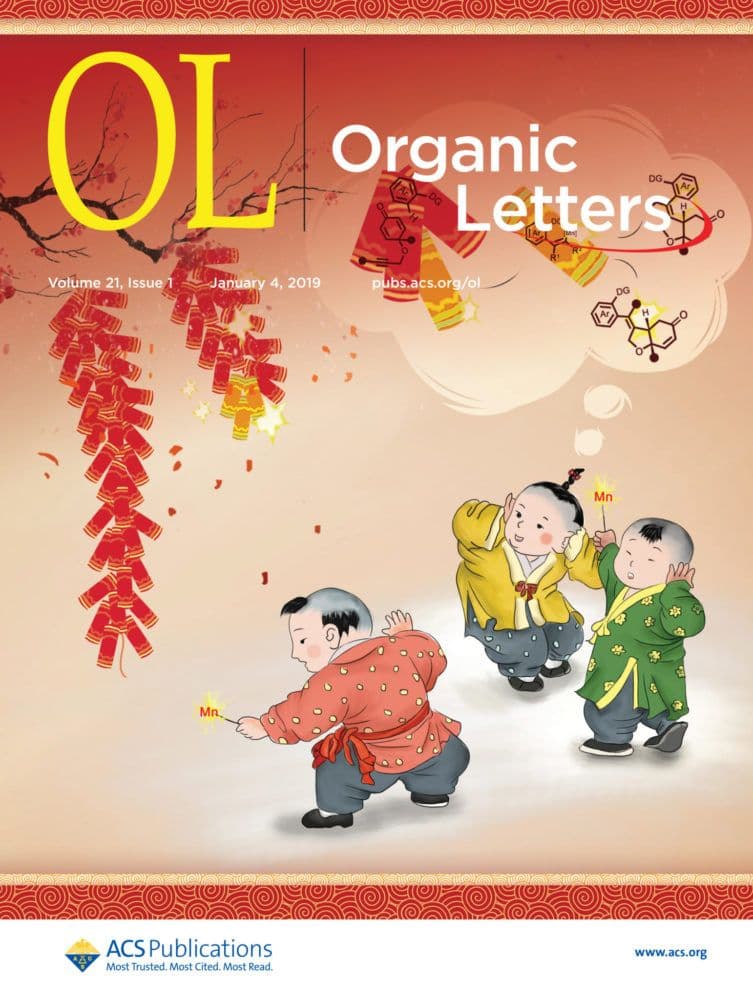A recent ACS Virtual Issue features a collection of organometallic chemistry papers from research groups at Primarily Undergraduate Institutions (PUIs). Four ACS core-chemistry journals, Organometallics, Inorganic Chemistry, Organic Letters, and The Journal of Organic Chemistry, published the papers between 2014 and 2018. The authors represent a broad variety of U.S. and Canadian institutions, faculty career […]

A recent ACS Virtual Issue features a collection of organometallic chemistry papers from research groups at Primarily Undergraduate Institutions (PUIs). Four ACS core-chemistry journals, Organometallics, Inorganic Chemistry, Organic Letters, and The Journal of Organic Chemistry, published the papers between 2014 and 2018.
The authors represent a broad variety of U.S. and Canadian institutions, faculty career levels, and research interests. However, they all share the common purpose of pursuing high-quality research with undergraduates.
“The research featured in this Virtual Issue is a testament to the high-level work that can be performed with undergraduates,” write the Virtual Issue’s guest editors, Christopher A. Bradley of Mount St. Mary’s University and Chip Nataro of Lafayette College, in their June 11 editorial in Organometallics. “Research for undergraduates is often a transformative experience, providing a natural incubator for the next generation of organometallic chemists.”
A Broad Range of Organometallic Topics, Techniques
The reports in this Virtual Issue span the gamut of approaches to organometallic chemistry, including solely computational work, stoichiometric synthetic studies, and metal-catalyzed transformations, Bradley and Nataro explain. Topical areas of focus are also diverse, tapping into coordination chemistry, electrochemistry, main-group studies, materials science, and small-molecule activation.
It’s clear from these highlighted reports that PUI researchers strive to maintain a presence in emerging frontier areas of organometallic research, despite the challenges of limited resources, both in terms of student and faculty working hours and the money to buy equipment and supplies.
Training the Next Generation of Chemists

“I did not expect that our catalysts would operate under base-free conditions in air,” O’Connor says. “We were pleasantly surprised to discover this unique reactivity; the students were excited that trends and concepts learned in the classroom can be directly seen in a new area of research. Students are amazed by catalysis, as they can watch product formation in real time using NMR spectroscopy.”
Since 2010, O’Connor has mentored more than 25 students, and more than half have gone on to pursue advanced degrees in organometallic or inorganic chemistry. “This is the first research-based experience for most of these students,” she adds. “They start out timid, shy, and afraid of failure, and in the end, they mature, are able to develop original ideas, and are resilient.”
O’Connor values her role in exposing students to all facets of the research process and helping them share their knowledge by volunteering in the local community. She sees it as her lasting impact on chemistry and encourages current postdocs and graduate students to consider a career at a PUI.
“I am able to get into the lab, train students, publish articles, and write grants—while also teaching students in the classroom,” she says. “The joy a student exudes after a new finding is priceless.”
“Understanding how to form and react sulfonyl fluorides has turned out to be quite a boon for my lab,” Ball says. “We have been able to have an impact on the field by probing more basic research questions that perhaps larger research labs do not have the time to explore.”
Ball adds that the limitations faced by PUI researchers call for adjusting research objectives and expectations. “A frustrating comment principal investigators at PUIs often receive in our grant reviews is the belief that undergraduates cannot possibly have the technical and reasoning skills to do high-quality research,” he says. “This simply isn’t true. Our students not only do the work, they own it. While graduate school and industry are where chemists are transformed into experts in their field, their training grounds are in the undergraduate research labs. Seeing this growth and hunger for knowledge is fantastic.”
